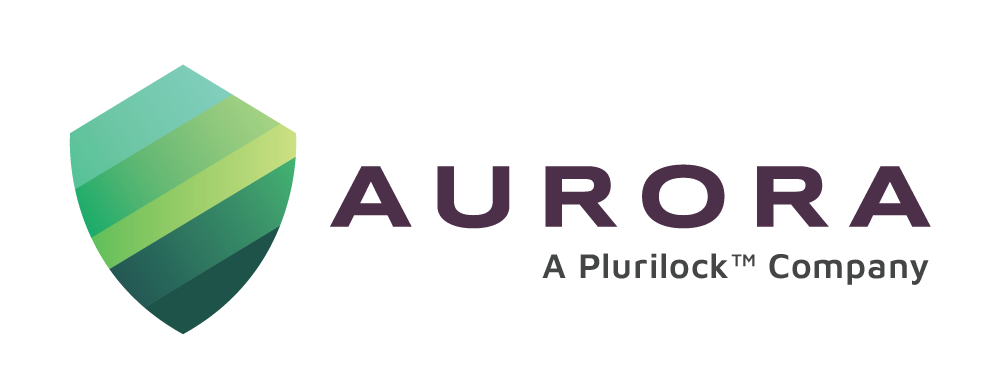Introduction
At the March 2023 Gartner Identity & Access Management Summit, which brought together the Who’s Who of the cyber security world to debate the evolving world of Identity Fabric Immunity, the script could well have read ‘In the beginning there was IAM’. In a series of eye-opening presentations, Gartner’s experts led the elite audience through engaging discussions on why it is time to transition from the erstwhile ‘centralized’ Identity Access Management scenario to the more ‘decentralized and distributed’ Identity Fabric concept.
Why Identity Fabric
No discussion on IFI could start without revisiting IAM and what it constitutes. Tech called it a framework of business processes, policies, and technologies that facilitates the management of electronic or digital identities. IAM serves firstly to confirm the identity of the user, and then extend him the rights that have been granted to him. Management of these ‘rights’ is referred to as Privileged Access Management (PAM) – an integral part of IAM.
Identity management systems today do deploy fairly advanced identity verification methods like biometric, continuous, and multi-factor authentication. This however is only adequate if we were working in a single-layer authentication scenario. The fact is that today users work with apps that reside in multiple and hybrid clouds that require consistent identity authentication across these clouds. This makes today’s IAM systems(2) relatively poorly integrated, leading to gaps in functionality that negatively impact security and risk, business agility, end-user experience, and operational efficiency.
If the digital identity of the user is to be protected, a more robust and unbreakable shield is called for. Identity Fabric offers this kind of security.
What it is and how it works?
Strata(3) defines Identity Fabric as an ‘abstraction layer in a multi-cloud identity management framework’. With users deploying a number of apps that reside in multiple domains, their identity too lies distributed across these domains. Identity Fabric (IF) ‘orchestrates’ these multiple identity domains, seamlessly and robustly, to protect the identity of the user. IF uses Identity Orchestration software and a process called abstraction to achieve this.
Touted as ‘a cutting-edge approach(4) to securing digital identity by adopting a multi-layered, decentralized, and self-sovereign model’, it empowers individuals and organizations with a remarkable shield against cyber threats and unauthorized access.
It is this resilience that the system offers that is called Identity Fabric Immunity (IFI).
Identities are managed across both on-premises and cloud-based platforms. This is taken care of across distributed networks and cloud vendors, without rewriting of apps or customized coding. An interwoven thread connects and unifies distributed identity providers and infrastructures like MFA and authentication and authorization providers, ensuring consistent identity, access, and switching, without rewriting any code or app(3)
The benefits of IFI
An effective distributed identity fabric system offers untold benefits for organizations looking to bolster their IAM systems. These include:
Integrated identity silos across on-prem and multiple cloud platforms
Unrestricted vendor cloud engagement without the fear of identity compromise
- Agility of user interface and cloud switching without the need for repeated authentication
- Considerable savings in costs due to the elimination of rewriting code and rewiring apps
- Extremely fast-track completion of identity authentication projects with optimum success rates
- Advanced security features like immutable audit trail, MFA, Passwordless login, GDPR privacy, etc.
Challenges of IFI
Despite it being recognized as the gold standard for IAM systems, there are still some reservations regarding IFI.
These include:
- Complexity in implementation due to large datasets and complex integrations required which increase the possibility of configuration errors
- Scalability issues as users and cloud platforms increase
- Data privacy issues from non-adherence to privacy regulations not addressed by the systems
- Less than optimum user experience caused by occasional false positives and negatives and inoperability issues, necessitating training of users
- Security breaches as systems evolve and IFI set-ups become outdated
IFI in the future
Though widely considered the optimum answer to the shortcomings of current IAM systems, there is still room for IFI to grow and reach maturity in the coming periods. IFI systems could be updated by advancements in authentication methods in much the same way as Continuous Authentication was introduced to enhance login biometric authentication. There is the possibility of incorporating blockchain technology, distributed ledger technology, AI and ML, and integration with IoT. Ease of operation and standardization of identity management protocols will also be an area that IFI systems will need to incorporate.
Conclusion
The Gartner Summit received a very positive response from the participants, with Gartner experts predicting that the near future would witness much headway in the field. 2025 was benchmarked as the year by which many changes would be experienced in the field of IFI, with a wide variety of stakeholders from standardization agencies, policymakers, cyber insurance players to organizations taking measures to further their IFI footprint.
Two predictions, in particular, stand out and merit consideration. By 2025 Gartner has predicted that as high as 40% of organizations would take concrete measures to step up their IFI posture. The Summit also put the year 2025 as the year for a global standard for decentralized identities to materialize.
And that as the cyber world and indeed most industries know, is a surefire sign of things coming to pass. Yes, IFI looks set to stay.
Discover the unstoppable power of DEFEND and PlurilockAI, the ultimate AI-generated tools that crush security threats.
Get in touch with sales@aurorait.com or call (888) 282-0696 to experience the unmatched protection that Aurora, a proud member of the Plurilock family, delivers through these groundbreaking solutions.
References:
(1) https://aurorait.com/2022/07/12/identity-access-management-the-need-of-the-hour/
(2) https://www.radiantlogic.com/glossary/identity-fabric/
(3) https://www.strata.io/resources/whitepapers/what-is-maverics-identity-fabric/



